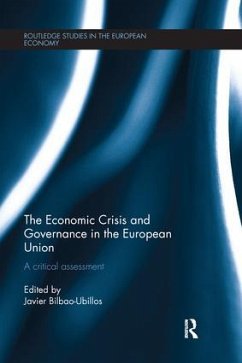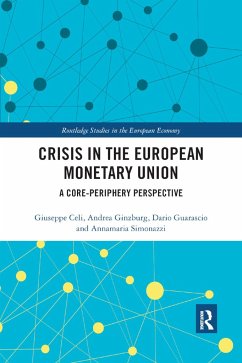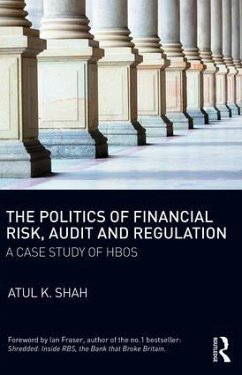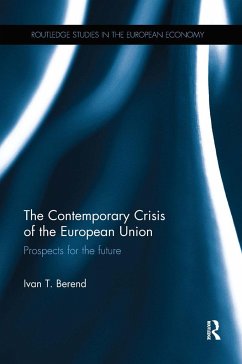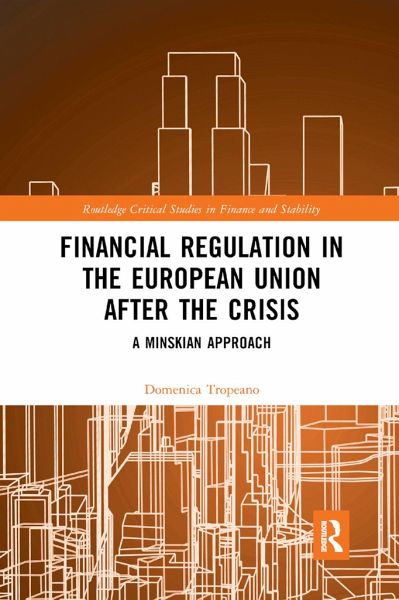
Financial Regulation in the European Union After the Crisis
A Minskian Approach

PAYBACK Punkte
28 °P sammeln!
In the wake of the financial crisis, new regulatory measures were introduced which, along with changes in monetary and macroeconomic policy, have transformed the global financial structure. However, this new financial structure displays various fragilities. A new shadow banking system has grown both inside and outside the traditional banks and the divergence between core and periphery countries' banks has increased further due to both the new regulations and the European Central Bank's very peculiar interventions.Following Minsky's approach, this volume explores the interplay between monetary ...
In the wake of the financial crisis, new regulatory measures were introduced which, along with changes in monetary and macroeconomic policy, have transformed the global financial structure. However, this new financial structure displays various fragilities. A new shadow banking system has grown both inside and outside the traditional banks and the divergence between core and periphery countries' banks has increased further due to both the new regulations and the European Central Bank's very peculiar interventions.
Following Minsky's approach, this volume explores the interplay between monetary policy, regulation and institutions in the aftermath of the great financial crisis. Minsky's insights are used to interpret the recent regulatory changes and consider how they have affected the evolution of banks and financial markets. The unfortunate conclusion is that the changes in financial regulation introduced in various jurisdictions and inspired by the work of theBasel Committee, have not succeeded in thwarting the instability of the economic system. Instead, the mix of policies implemented so far has brought about increased fragility in the financial system. Minksy's work on financial stability offers alternative solutions which policy-makers need to consider to resolve these issues.
Financial Regulation in the European Union After the Crisis is an important volume for those who study political economy, banking and monetary economics.
Following Minsky's approach, this volume explores the interplay between monetary policy, regulation and institutions in the aftermath of the great financial crisis. Minsky's insights are used to interpret the recent regulatory changes and consider how they have affected the evolution of banks and financial markets. The unfortunate conclusion is that the changes in financial regulation introduced in various jurisdictions and inspired by the work of theBasel Committee, have not succeeded in thwarting the instability of the economic system. Instead, the mix of policies implemented so far has brought about increased fragility in the financial system. Minksy's work on financial stability offers alternative solutions which policy-makers need to consider to resolve these issues.
Financial Regulation in the European Union After the Crisis is an important volume for those who study political economy, banking and monetary economics.





